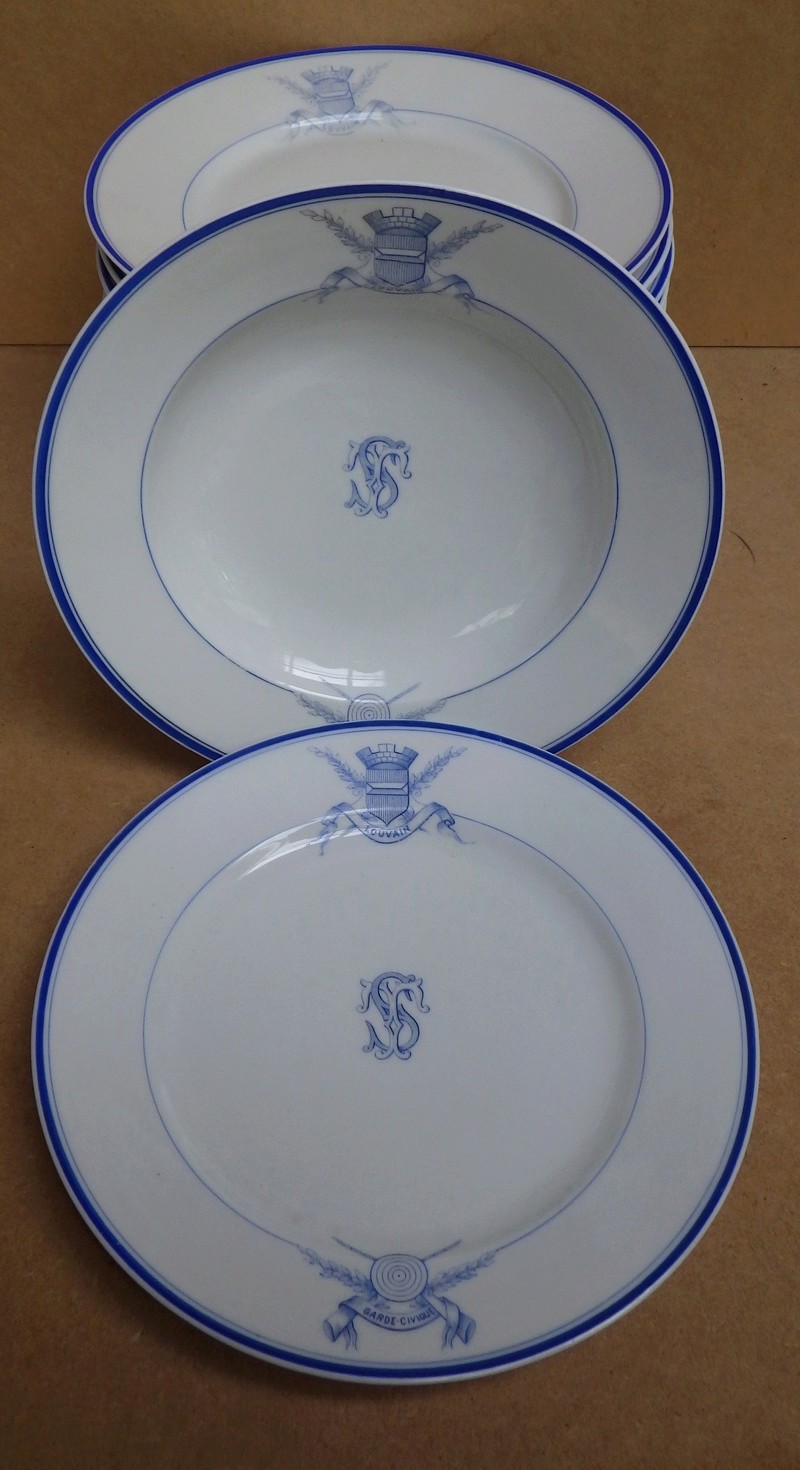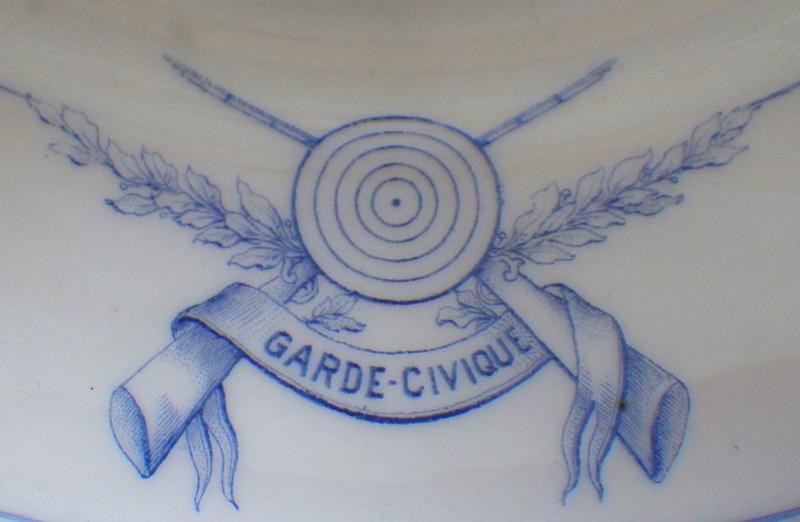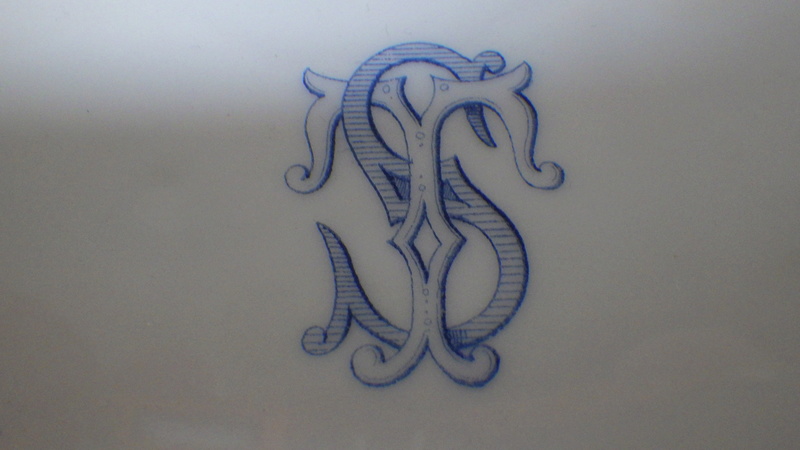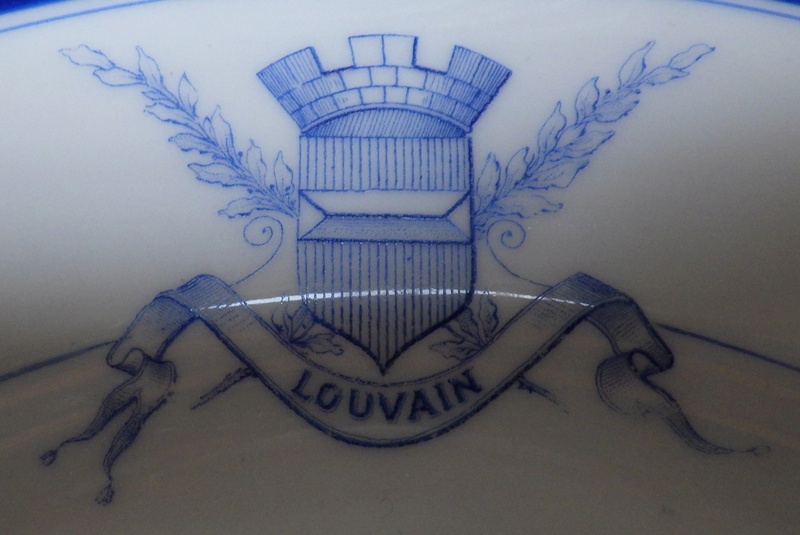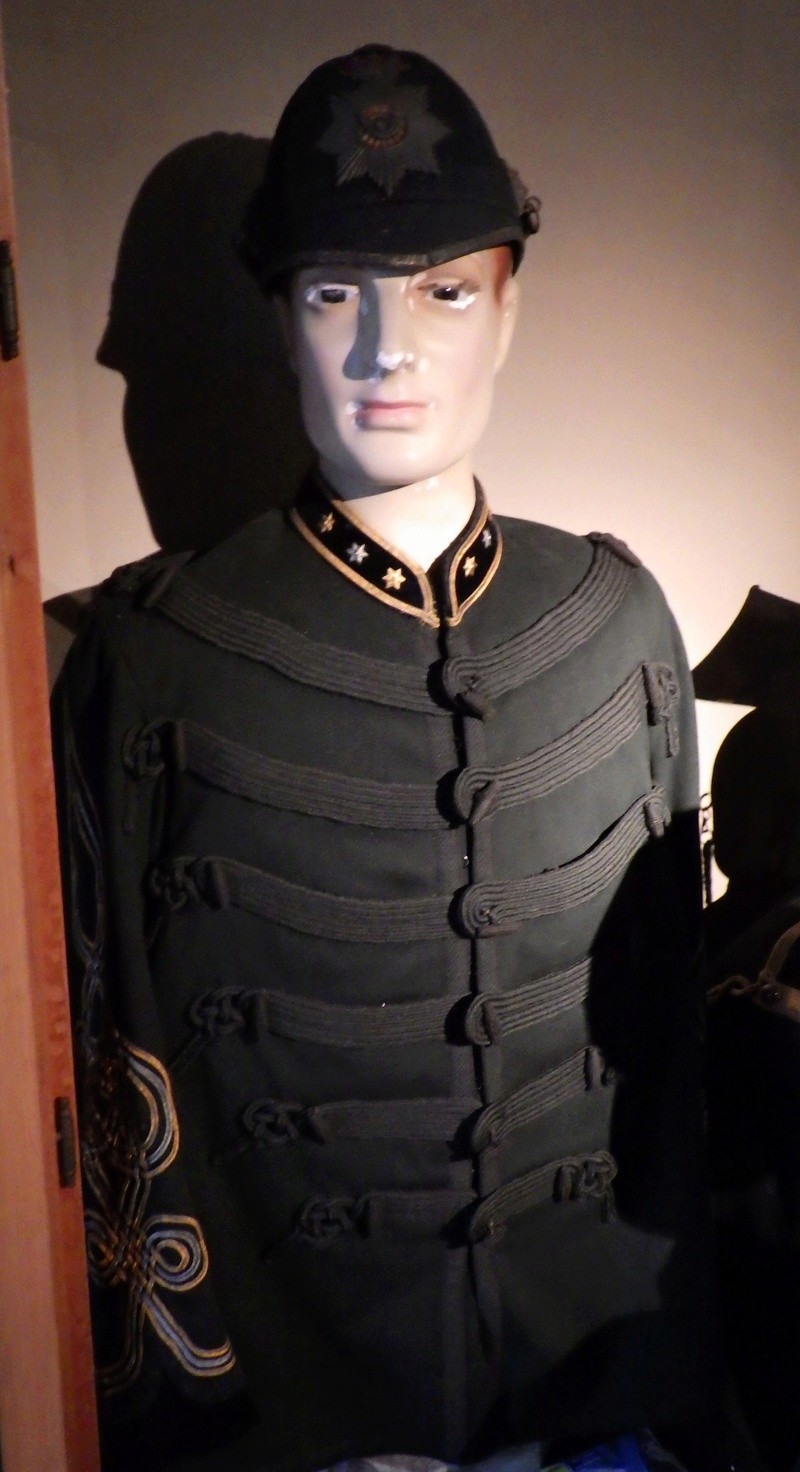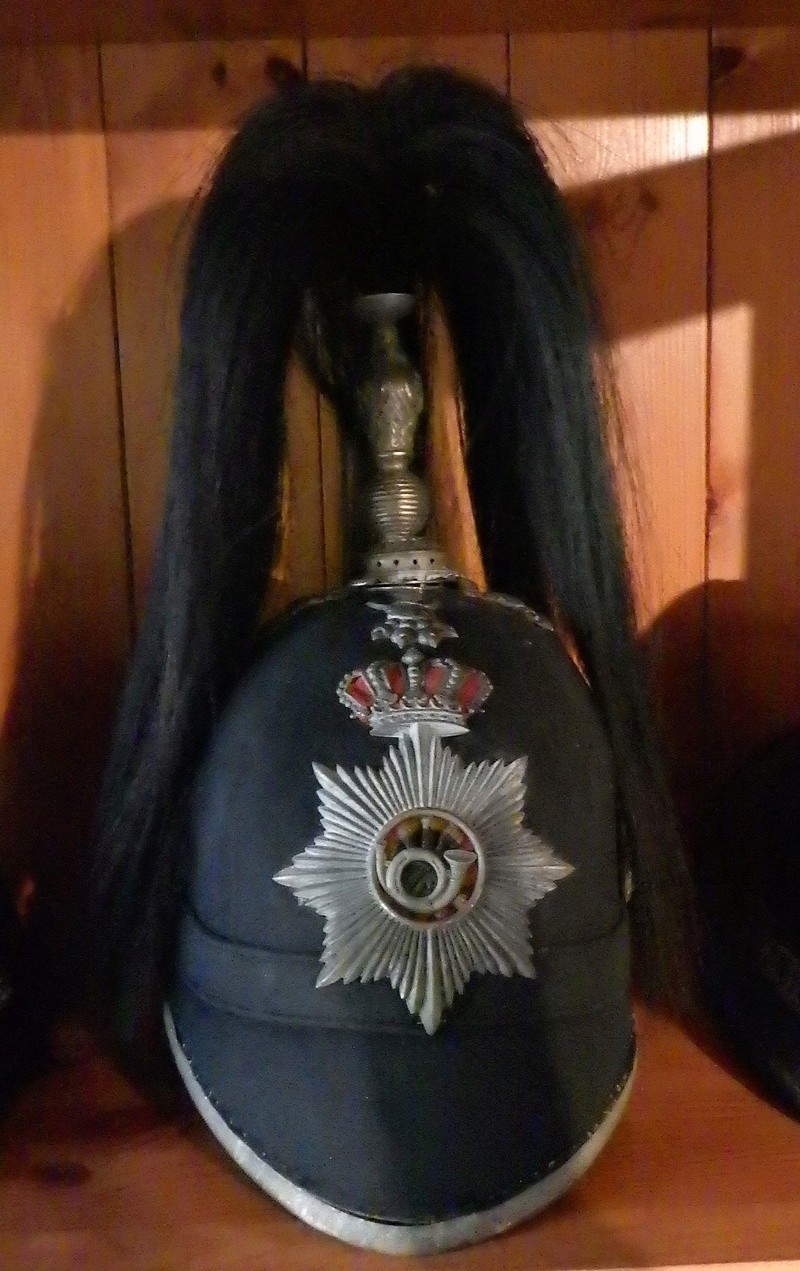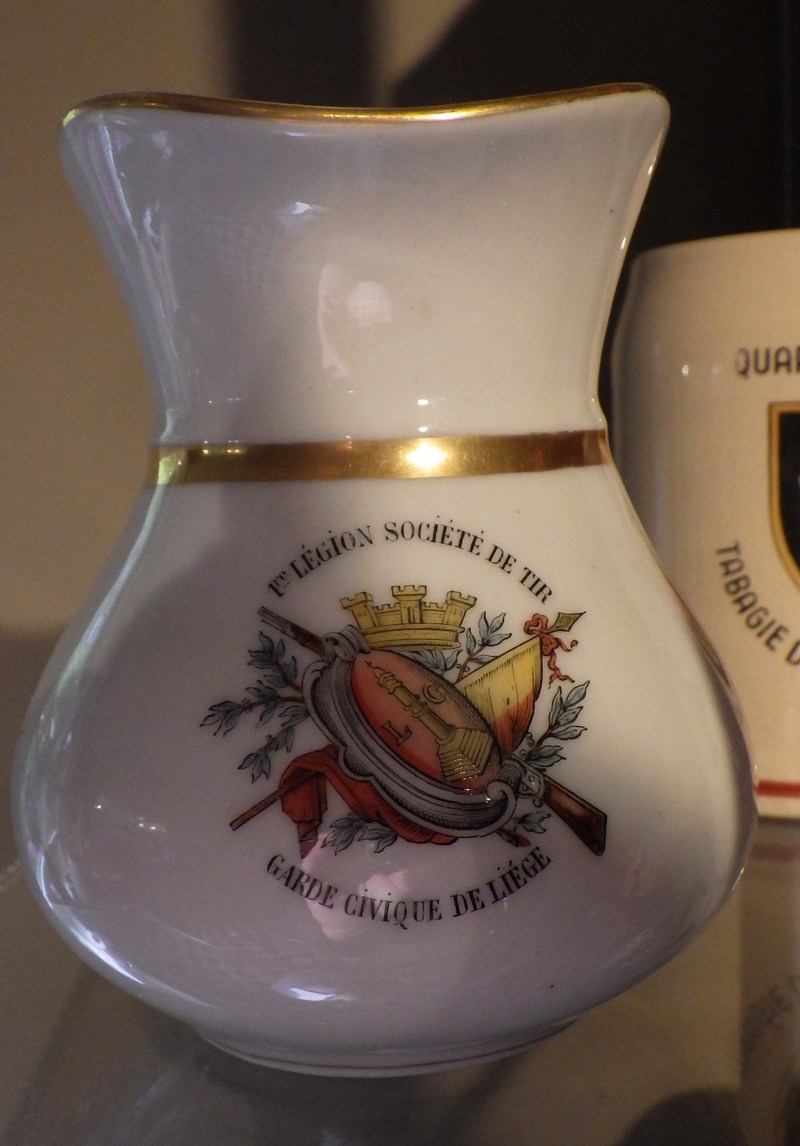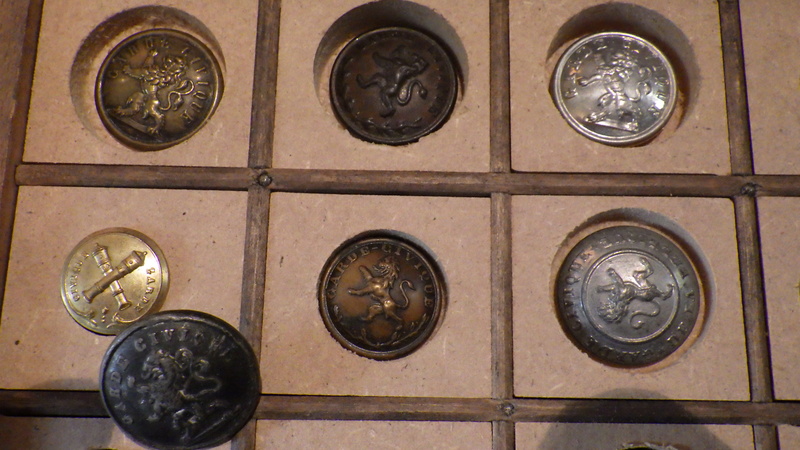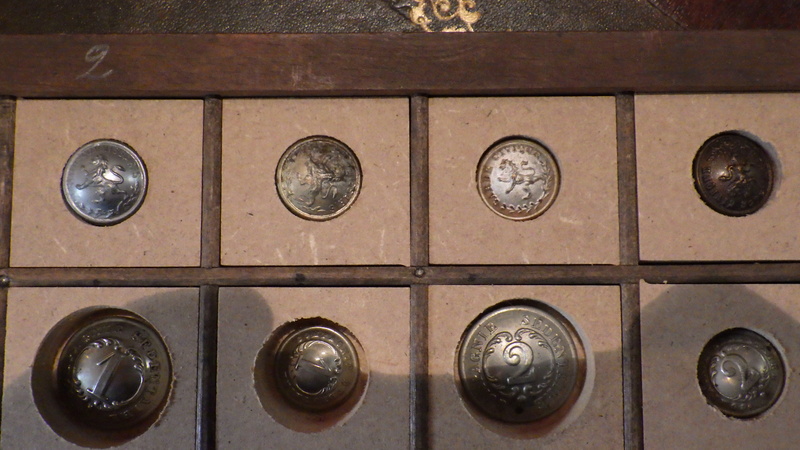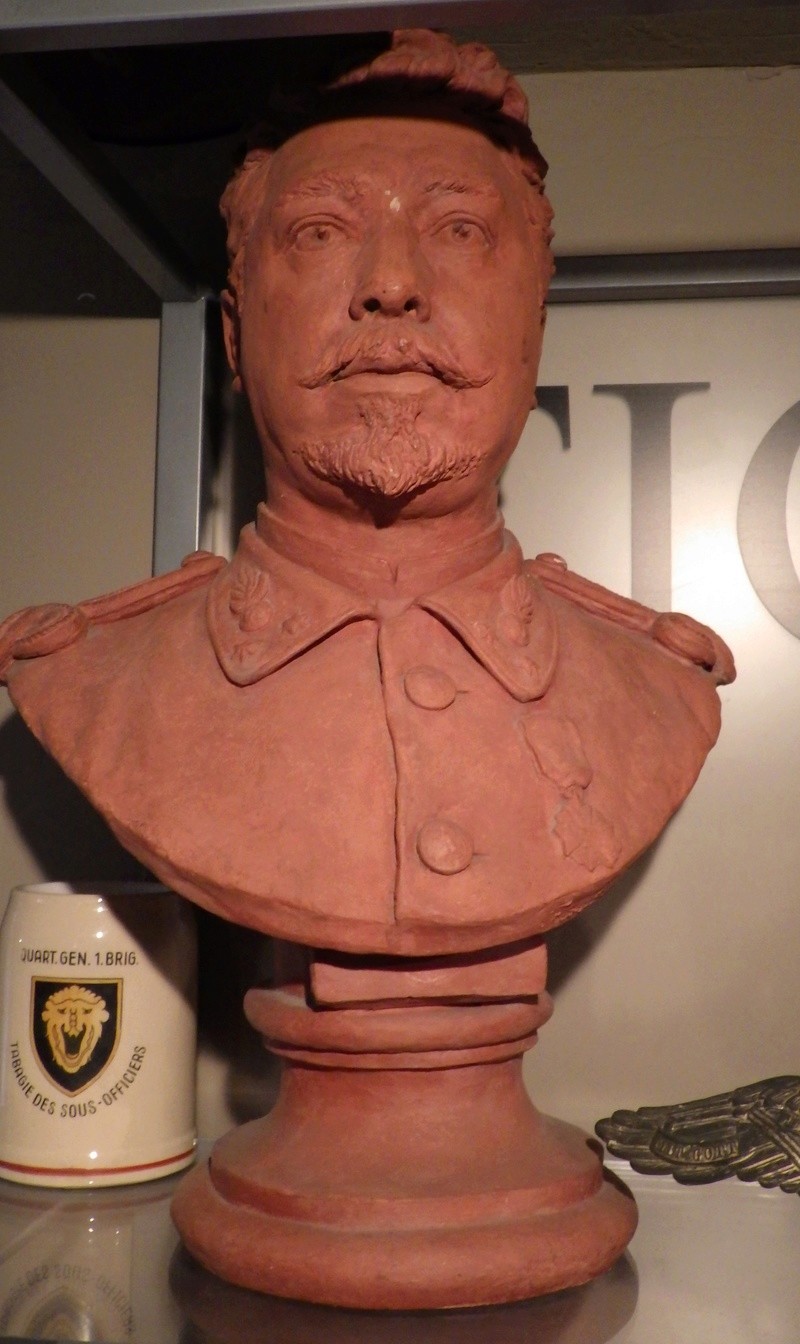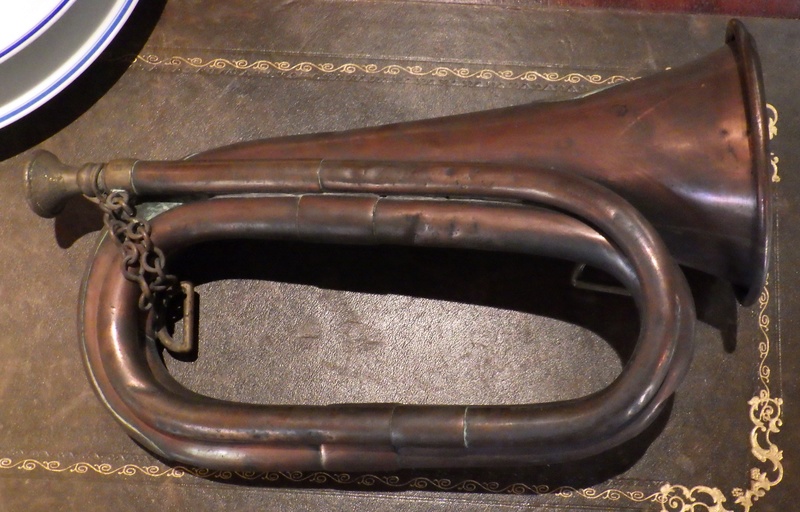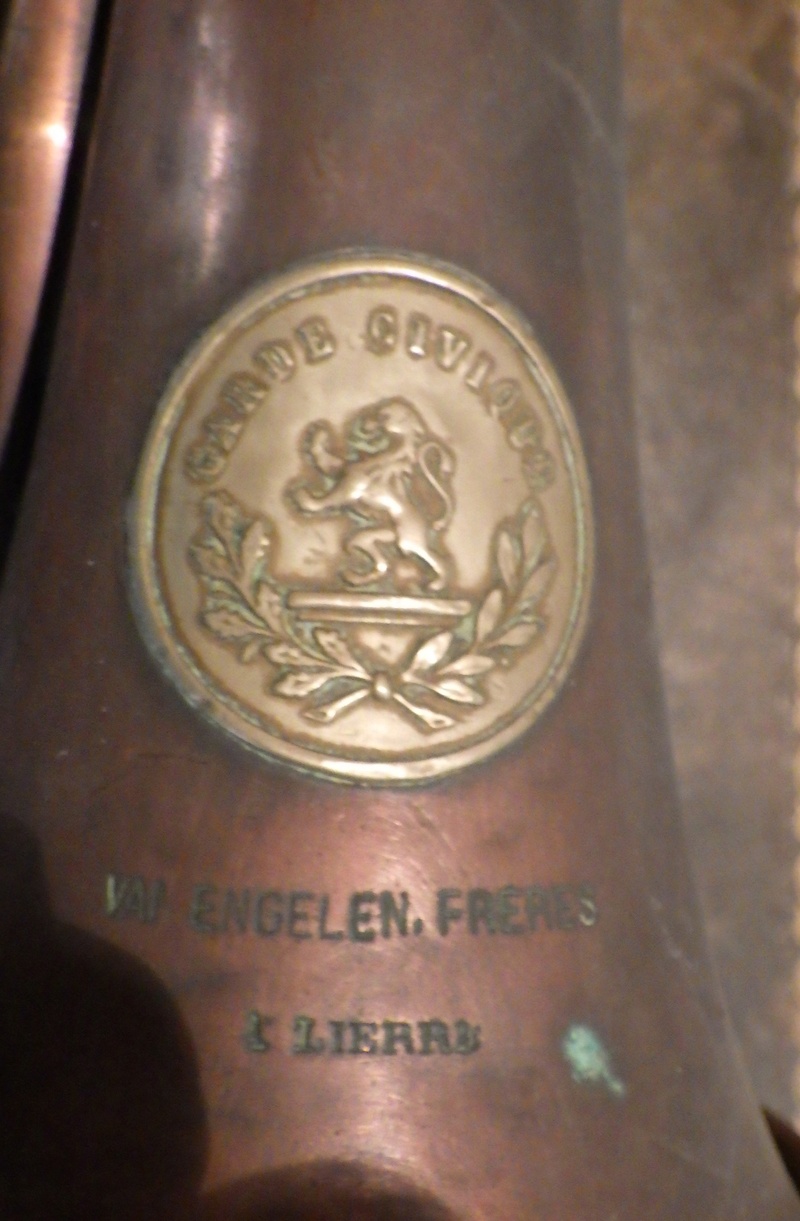You are using an out of date browser. It may not display this or other websites correctly.
You should upgrade or use an alternative browser.
You should upgrade or use an alternative browser.
Chinaware
- Thread starter stuka f
- Start date
stuka f
Well-known member
joerookery
Well-known member
From the upcoming book:
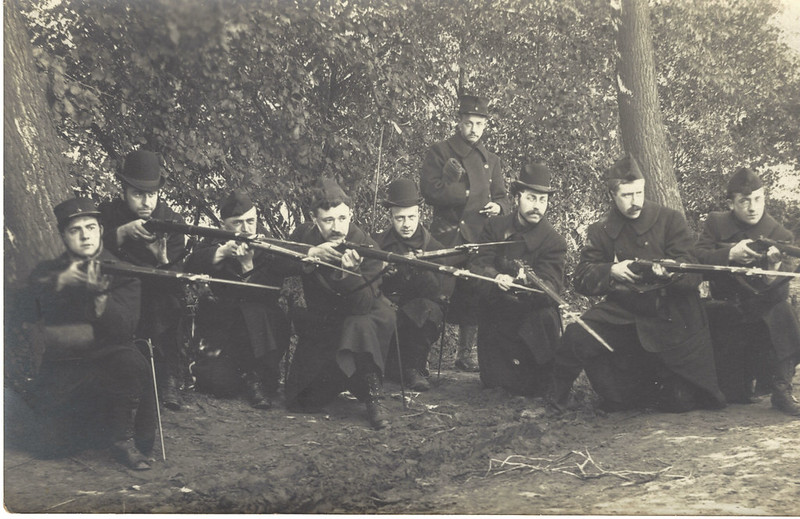 guarde civique by Joe Robinson, on Flickr
guarde civique by Joe Robinson, on Flickr
Garde Civique
Belgian men from ages twenty-one to forty-five years who were not inducted into the army were to be organized into the Garde Civique (National Guard), which was not subordinate to the War Minister but to the Minister of the Interior. This meant the Garde Civique mission and command arrangements were not at all clear. There were two organizations: an “active” and a “nonactive” Garde Civique. In towns with populations over ten thousand, the Garde Civique was active, which is to say it had a limited degree of leadership training. Actives wore full uniforms (which individual members were obliged to purchase) and drilled regularly. The nonactive Garde was expected to perform police functions during emergencies and only when activated by the King. It was to play no military role. In a move that was stranger than fiction, before the invasion, the Belgian government called up about one hundred thousand nonactives but failed to mobilize the forty-six thousand active Garde members. The nonactive Garde Civique was inundated with applications during the first days of the war. New recruits, who normally wore a short blue tunic, were required as of August 5, 1914 to add an arm-band and cockade with the national colors and to bear their weapons openly. Three days later, a blue shirt was required as well. Some members guarded bridges, railroad lines, and other sites of strategic importance in the opening days of the war.
The role of the active Garde Civique varied considerably, with a few units actually participating in the fighting (Figure 3). More typically, Garde members dug trenches and set up and then dismantled barricades. Whatever they were up to, active Garde members were required to wear their uniforms. Most Garde detachments were disarmed and disbanded by August 18, 1914.
 guarde civique by Joe Robinson, on Flickr
guarde civique by Joe Robinson, on Flickrponiatowski
Well-known member
Interesting stuff!
 Ron
Ron
Pickelhaube
Member
Nice chinaware, it's the first time i see plates of the Garde-Civique from Louvain.
Here in Belgium, most collectors don't collect Garde-Civique stuff. Which is good for me, because i do collect it since there is alot of variation in the uniforms and headdresses of the Garde-Civique. When i've finally done reorganizing my collectionroom, i'll post some pictures of my Garde-Civique stuff.
Greetings
Pickelhaube
Here in Belgium, most collectors don't collect Garde-Civique stuff. Which is good for me, because i do collect it since there is alot of variation in the uniforms and headdresses of the Garde-Civique. When i've finally done reorganizing my collectionroom, i'll post some pictures of my Garde-Civique stuff.
Greetings
Pickelhaube

